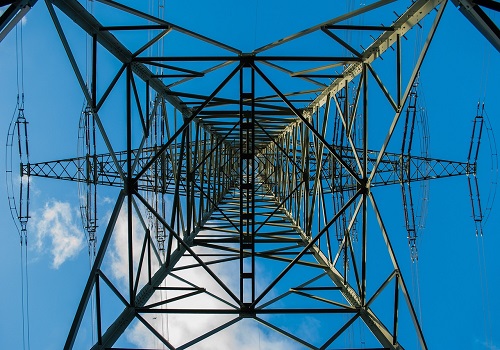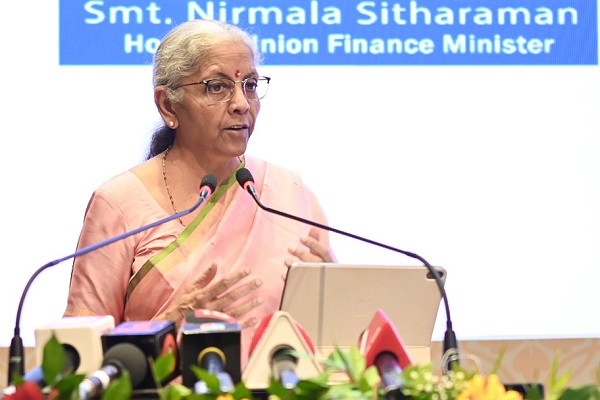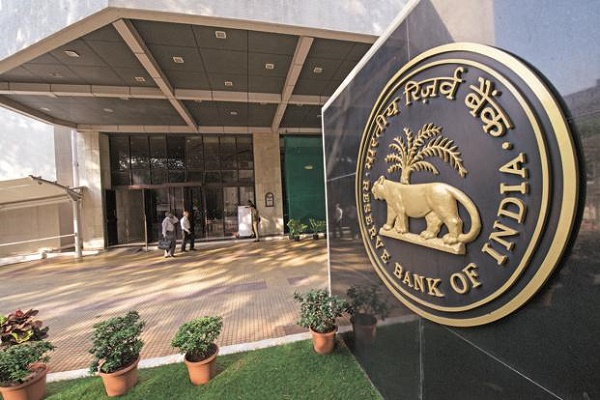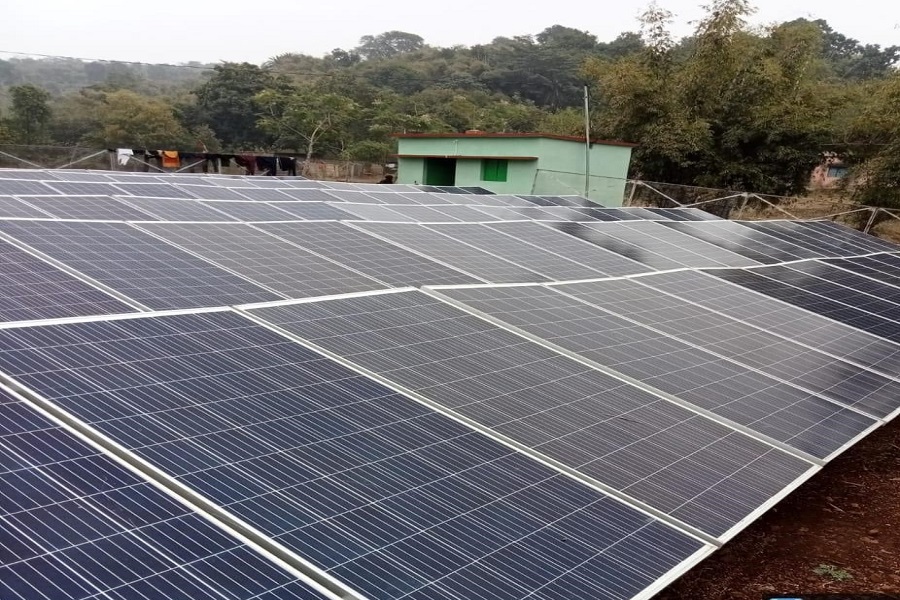Passenger Vehicle volume growth to be around 4% in FY26: CareEdge Ratings
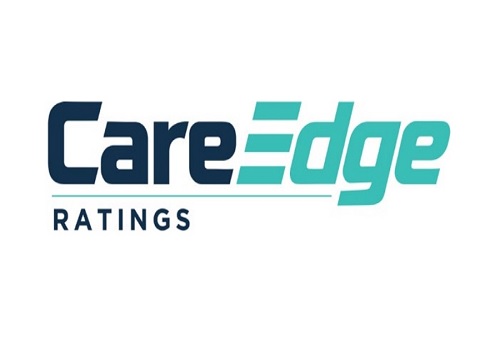
CareEdge Ratings expects the passenger vehicle (PV) industry volumes to grow by around 4% in FY26, driven by GST rationalization, easing inflation, and supportive fiscal measures in the Union Budget 2025–26. The GST cut on small cars (28% to 18%) is likely to revive entry-level demand, which has been under pressure for the last few years while removal of Cess on SUVs will further boost demand.
SUVs are expected to continue dominating the market, growing by 8–10% and outpacing overall industry growth. Meanwhile, EV penetration is likely to remain modest at 3–4% while Hybrid volumes could grow by 34-38% in FY26, reaching ~1.07–1.10 lakh units, up from ~80,406 units (registered) in FY25.
Madhusudhan Goswami, Assistant Director, CareEdge Ratings said, “GST rate cut coinciding with robust consumer sentiment in the festive season led to PV registrations reaching an all-time monthly high in October 2025. GST rate cut led to improved affordability, especially for the first-time PV owner. Also, robust growth in retail sales was observed across rural and urban markets. Going forward, with the end of festival season, PV sales is expected to normalize, however, growth momentum is expected to sustain due to upcoming harvest season boosting rural demand along-with seasonal demand from weddings.”
The PV industry recorded healthy growth of 7.4% in FY24, which moderated to 3.7% in FY25, in line with CareEdge Ratings’ expectations. This slowdown was primarily due to the levelling off of pent-up demand, higher vehicle prices, and the high base effect of previous years. Despite these challenges, new model launches and strong SUV demand sustained overall momentum. Utility vehicle (UV) volumes grew 21.8% in FY24 and 14.0% in FY25, supported by a robust order book and rising preference for SUVs. In contrast, passenger car volumes declined 8.5% in FY24 and 11.5% in FY25, reflecting subdued entry-level demand and a structural shift toward SUVs.
Arti Roy, Associate Director, CareEdge Ratings said, “Passenger vehicle industry will see around 4% volume growth in FY26, following a high base in previous years. This growth will be supported by regulatory and fiscal tailwinds, including easing inflation, income tax relief, reduced financing cost, and the GST 2.0 reforms, which have lowered tax rates and improved affordability. The recent rise in consumer preference for hybrid vehicles will act as an additional positive driver for the industry. The above-normal monsoon in FY26 is expected to boost rural incomes and consumer sentiment, providing incremental support to entry-level and compact segments. However, the pace of growth will depend on OEM pricing strategies, product refresh cycles, and sustained improvement in macroeconomic conditions.”
During H1FY26, overall PV volume growth was modest at 1.8%, driven by 2.2% decline in small car sales, while SUVs grew by 3.8%. Following GST rate rationalization—reducing rates on small cars and removing cess on SUVs—volumes accelerated in YTD April–October 2025, rising 3.9% on a y-o-y basis. The decline in small car sales narrowed to 0.6%, and SUV growth strengthened to 6.2% in same period. In October 2025 alone, small car sales grew by 8.5% y-o-y, while SUVs surged 18.5%, driving overall PV volumes up by 15% y-o-y. This momentum reflects the positive impact of tax reforms, improved affordability, and strong festive demand, signalling recovery in entry-level segments and sustained strength in SUVs.
UVs: Continue to Surge
UVs, which contributed 20% of total passenger vehicle sales volumes until FY12, grew at a CAGR of 14% between FY13 and FY25 as consumer preference shifted towards UVs that offer better and innovative designs, new models, technological, functional and safety features. For the past decade, the UV segment has consistently outperformed the PV industry growth rate. UVs accounted for 66% of all new PV sales in FY25 as compared at 60% in FY24 and its share in overall PV sales is expected to further rise over the medium term.
EVs: Scaling up
In FY23, e-car sales reached approximately 0.54 lakh units, accounting for 1.29% of total passenger vehicle sales (compared to 0.60% in the previous year), reflecting a remarkable year-on-year growth of 157%; albeit on a low base. This positive trend continued with e-car sales growing by 83% in FY24 and 11% in FY25 reaching 1.11 lakh units in FY25. With an improving penetration rate, electric car volumes, in the PV segment, are likely to clock sales volume of around 1.75 lakh for FY26.
Demand for Electric Vehicles (EV) is driven by a shift in consumer preferences towards options with lower fuel costs, reduced maintenance, and lower servicing requirements compared to internal combustion engine (ICE) models. Inadequate charging infrastructure is a significant barrier for electric vehicles penetration. As of March 2025, India has 26,367 public charging stations across the country.
Rising Adoption of Hybrid Vehicles
CareEdge Ratings notes that hybrid vehicles continue to gain traction as they offer a compelling balance of reduced emissions and improved fuel efficiency compared to conventional ICE vehicles, while avoiding the range limitations currently associated with electric-only models. The outlook for hybrid passenger vehicles remains positive, supported by stringent emission norms, rising consumer preference for fuel-efficient options, and the practical advantage of not being fully dependent on battery charging infrastructure.
Over the past 18 months, hybrid vehicle sales have shown an upward trend, signalling growing adoption. Looking ahead, hybrid sales volumes are projected to increase by 34–38% in FY26, reaching approximately 1.07–1.10 lakh units, up from around 80,406 registered units in FY25.
Revised Policy Impact
The revised Bureau of Energy Efficiency (BEE) norms under CAFE-3 and CAFE-4, effective from FY28, are set to reshape India’s automotive landscape. These norms mandate progressive tightening of fleet-wide CO? targets, reducing fuel consumption benchmarks from 3.726 L/100 km in FY28 to 3.013 L/100 km by FY32. The introduction of Carbon Neutrality Factor (CNF) provides emission discounts for vehicles running on E20–E30 petrol blends (8%), CNG (5%), and flex-fuel hybrids (up to 22.3%). Additionally, super-credits for EVs (counted as three cars), strong hybrids (two cars), and flex-fuel hybrids (2.5 cars) will incentivize technology adoption. Relief for small cars through an additional 3 gm/km CO? deduction is expected to revive interest in compact models, which have been losing share to SUVs in past few years. This signals a balanced approach, favouring a multi-technology pathway rather than an EV-exclusive strategy. Combined with GST rationalization, these measures could realign the market towards compact cars and hybrids, while SUVs continue to dominate in the near term. Furthermore, anticipated cost increases from compliance with CAFE norms from April 2027 may prepone purchase decisions, providing a demand boost in FY27 as buyers advance purchases to avoid higher prices later.
Above views are of the author and not of the website kindly read disclaimer
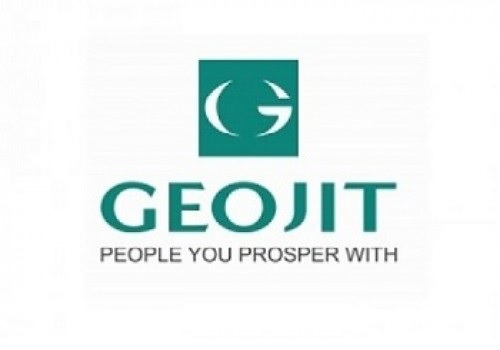



.jpg)









